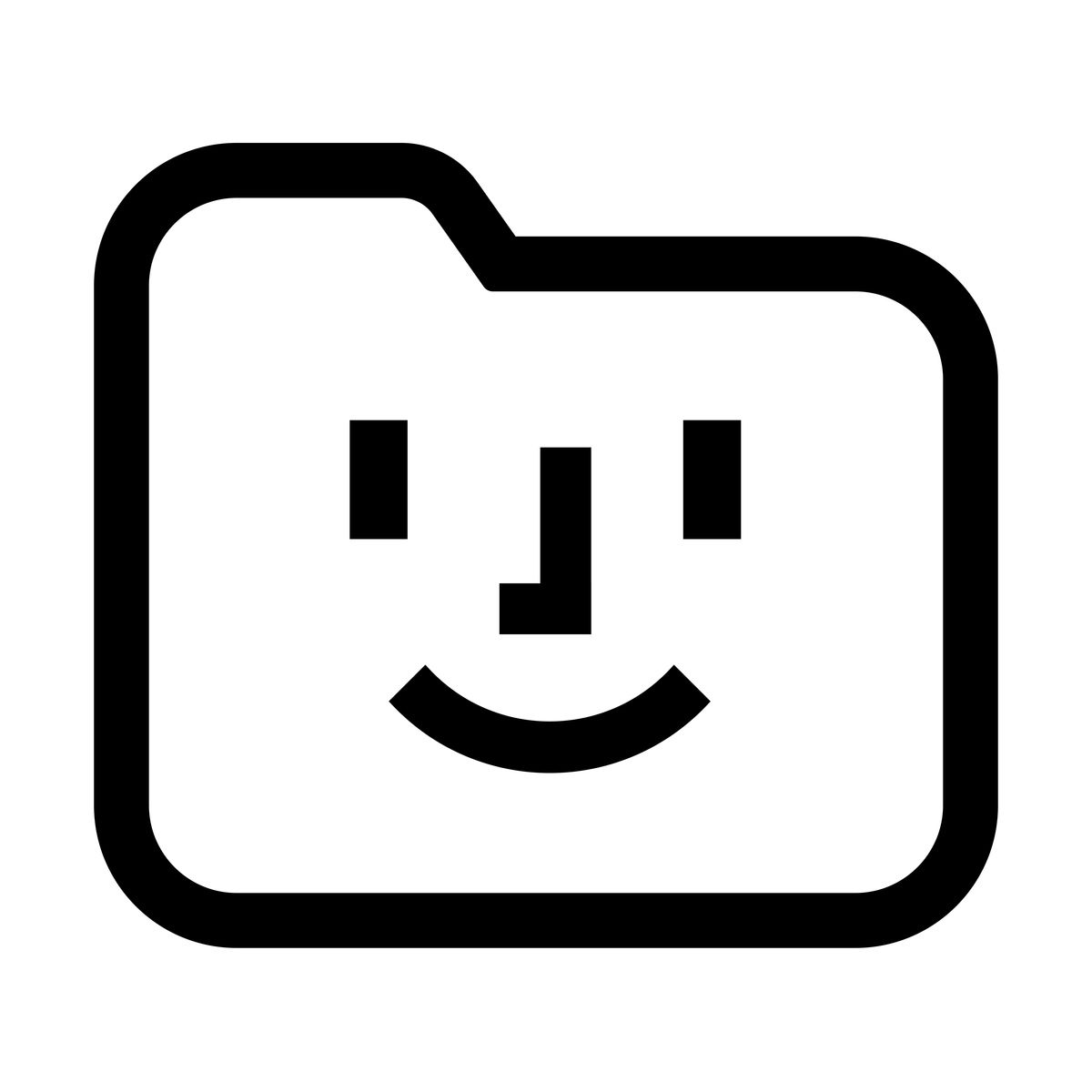Fabric - a second brain for all OSes

Fabric is one of my most loved apps; I've been beta testing for quite some time, and it kept improving constantly. Now it holds everything important to me, from IDs, to documents, notes, ideas, saved articles.
I have used almost all note-taking, article-saving, PDF-annotating, second and third brain apps. Fabric stayed with me, mainly for four reasons: good product concept, development persistence, good support, all platforms availability (web, win, macOS, iOS, Android).
On top of that, the implementation of its AI assistant is clever: it finds similar articles / notes, can comment or summarize on everything you have stored, it can automatically tag your notes, and it is a universal search engine with object recognition built in.


My preferred Fabric Integrations (read sync) are with Notion and Google Drive (still in beta). You have read-only access to everything you have in these two services, notes, pics, .md files.

And, of course, Fabrics is markdown enabled, to mention the cherry on top.

This is an interview with Fabric’s founder, Johnny, a very dear character and professional, that was so kind to reserve some time to answer my questions.
Who are you, Johnny, and who is in Fabric team?
- I'm a British industrial designer turned startup solo founder. After helping a dozen startups build their future product, I decided to commit to building my own thing. I moved to Bali to keep my costs low, and spent a year surfing and launching 20 ideas (mostly terrible, but a good exercise nonetheless). That ended up with me winning a Pioneer tournament and getting into Z Fellows, which connected with me the world of venture-scale startups. I then spent some time thinking about what I wanted to spend the next 10 years building. The answer lay in the potential for a new human-first computing interface that's multiplayer, intelligent, and always with you. I then raised a first $1M as a complete outsider and began building a team.
- We're quite an unusual team in that everyone is a builder – the team is simply me (designer-founder) and 5 engineers, 3 of which were previously CTOs of other startups. And I'm very lucky to be supported by the best investors, including key figures in AI, and angels from some of our favourite products, like Figma, Dropbox and Loom.
How have you come with the idea of Fabric?
- Personally, I needed something like Fabric to exist – but no one else had built it. For some reason, my digital world was scattered and siloed between different apps, wasn't backed up, accessible, searchable, or shareable. I couldn't find things when I needed to, and would have to hunt through folder hierarchies (or often start again from scratch).
What is your opinion on the competition of Fabric, and on its current market?
- There's quite a few dimensions to Fabric, and so we get compared to a number of things; notes apps, cloud storage, AI assistants. We're not any of these, but I get the comparison – it's easy to "slice off" a piece of the current Fabric product and call it one of these. I think the boundary between these categories is artificial and shouldn't exist.
- There's a world of fake productivity out there – tools that demand you adopt their way of working and put in a lot of manual effort to maintain that. It's a huge time suck, but feels productive – my opinion is that humans shouldn't spend any time organising at all... that's a job for machines. We long ago trusted Google to organise the internet, yet there's no equivalent for our own data – I want to change that.
What is Fabric, and how does it differentiate from competition? What makes Fabric special?
- The term "second brain" gets used incredibly loosely – but mostly means an intricate collection of tables and complicated working process. Our entire premise is that all your information should be automatically organized and at your fingertips – no human effort required. Fabric is still early, but we're on a mission to create a zero-effort solution that unites your digital world and lets you traverse it as naturally as your own mind, along with collaboration that feels like you're sitting beside your friends or coworkers.
Who should use Fabric and why? What are the best use cases?
- Two big categories that we see at the moment are digital hoarders and busy people. Both end up with similar problems but from different angles: scattered files and data across a dozen apps – which is disorganised, hard to find, work with, and think with.
- Within that, we see a number of main groups: creatives, researchers, students, and people with ADHD. They use it as a place to think, to capture ideas/brain-dump, to create projects, and to gather thoughts and inspiration.
What is the roadmap?
- We've been hard at work on building an internet-native filesystem that universally supports any data. Our next big initiatives: making it truly multiplayer, self-organizing, and programmable.
How do you monetize Fabric? What are the subscriptions, what is free and what is paid?
- We have a generous free plan with notes, spaces, cloud storage, bookmarks, sync across devices, AI search and our AI similarity feature.
- Basic plan – uncaps file size limit, number of spaces, and adds (limited) AI assistant and AI voice notes ($6/mo).
- Pro plan – add data connections, unlimited AI assistant answers and more storage ($15/mo)
- Max plan – a lot more storage and more, for very heavy users! ($39/mo).
- We're also working on a teams version of Fabric.
Can you please give us a list of developer friends whose work you respect, together with their social network handles, so we can follow them?
Some creators I have a ton of respect for:
- Dave Jeffery (https://x.com/DaveJ), solo founder of great desktop deployment platform, ToDesktop
- Dennis Mueller (https://x.com/dennismuellr), great designer-founder, creating Amie
- Avi Schiffmann (https://x.com/AviSchiffmann), great product thinker, founder of Friend.com
- Kent de Bruin (https://x.com/kentdebruin), top designer, creating Futureland
- James Potter (https://x.com/jamespotterdev), solo founder of the best podcast search engine: Rephonic
Please add anything that you would like our readers to know.
- We are exceptionally active in absorbing feedback – so do feel free to share your experience with Fabric, and we'll definitely read and think about it!
Fabric's Discord server is here.
Disclaimer: I am not paid in any way by Fabric, I am paying to use Fabric.
